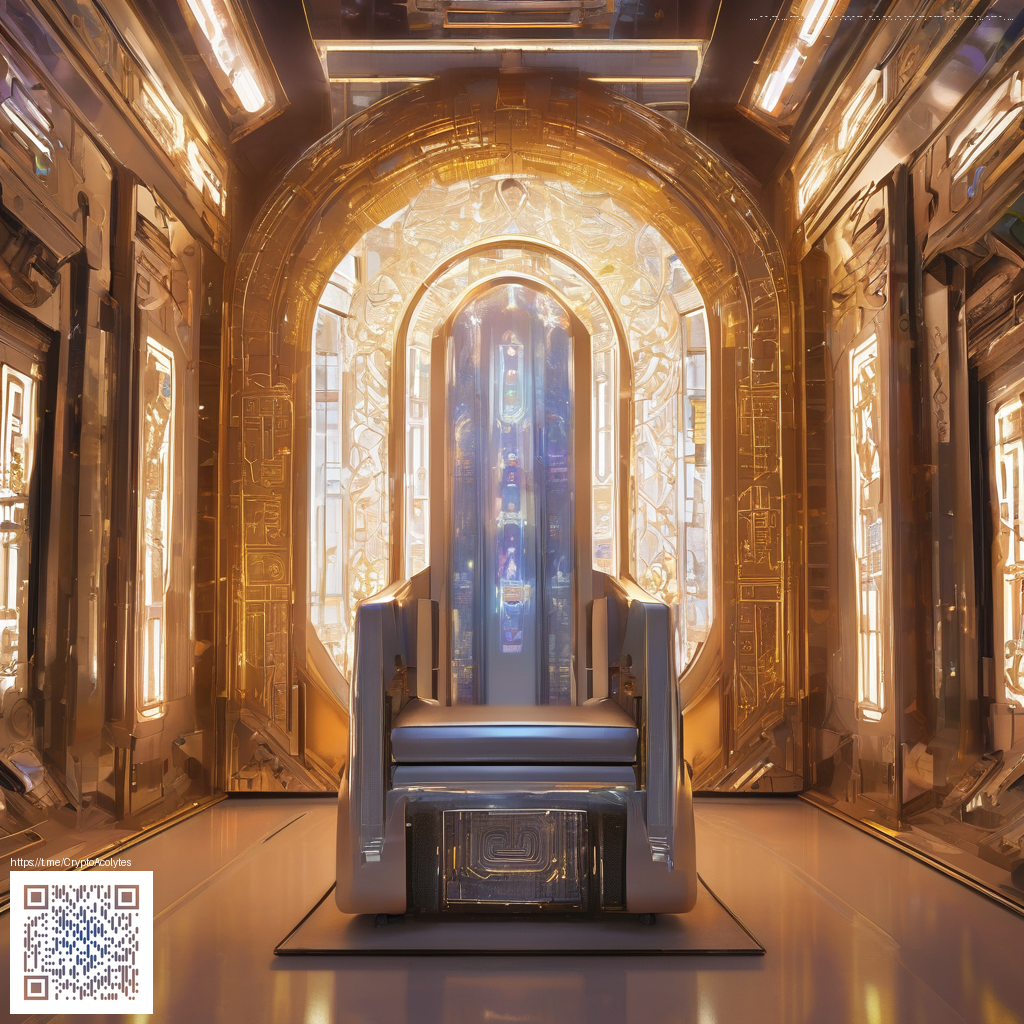
Exploring Blueprints in WordPress Studio 1.6.0
WordPress Studio 1.6.0 introduces a focused workflow for creating scalable, consistent sites through a concept called blueprints. These templates codify layout patterns, block configurations, and typographic systems into reusable building blocks. For teams delivering multiple sites or complex storefronts, blueprints offer a disciplined, collaborative approach that reduces drift and accelerates delivery without sacrificing polish.
What are blueprints, and why do they matter?
Blueprints are pre-configured design and content structures that can be applied to new pages, posts, or site sections. They capture the arrangement of core blocks—headers, hero sections, content grids, sidebars, and call-to-action areas—along with global styles such as typography scales, color tokens, and spacing rules. The value lies not only in reusing layouts but in ensuring that every page inherits a coherent visual DNA. When a blueprint is updated, teams can propagate improvements across all pages built from that blueprint, preserving brand cohesion at scale.
Key capabilities you’ll notice in Studio 1.6.0
- Modular templates that can be saved, versioned, and shared across projects or teams.
- Block-patterns and content regions that remain adaptable while retaining core structure.
- Global styling tokens to enforce consistent typography, color, and spacing across pages.
- Clear pathways for extending blueprints with custom blocks or site-specific overrides, without breaking the base template.
- Better collaboration with change history, client handoffs, and approved design systems.
How to implement blueprints in your workflow
Adopting blueprints starts with a planning phase that defines the minimum viable template for your typical pages. Create a blueprint skeleton that includes essential regions: a header, a hero or banner section, a content area with a grid or single-column layout, a sidebar (if applicable), and a footer. Next, populate the skeleton with blocks that represent real content types—text blocks, media galleries, call-to-action blocks, and product showcases for e-commerce sites. Parameterize each block so you can swap in content dynamically without altering the overall structure.
When you apply a blueprint to a new page, you gain a head start: the layout, style tokens, and block configurations are already wired. You can then tailor the content—swap images, adjust copy, or modify the hero message—while preserving the underlying blueprint. Versioning is essential: track changes to blueprint elements as design systems evolve, and review updates with stakeholders before propagating improvements to existing pages.
Design consistency and cross-team collaboration
Blueprints enforce design consistency in environments where multiple writers, designers, and developers contribute. By locking in a shared template for common sections—product pages, landing areas, case studies—teams avoid ad-hoc variations that create visual noise. Global styles reduce the risk of typography and color drift, while block patterns provide ready-to-use components that align with the brand’s voice and accessibility standards. In practice, blueprints become a living design system: they evolve with feedback, but each site built from a blueprint remains immediately recognizable to users and stakeholders.
Practical considerations: performance, accessibility, and governance
From a performance perspective, blueprints should be lean and modular. Prefer lazy-loaded media in hero sections, and ensure blocks render with semantic HTML so assistive technologies interpret the content correctly. Accessibility checks—contrast, keyboard navigation, proper landmark roles—should be baked into the blueprint’s baseline, not tacked on later. Governance matters too: establish a blueprints committee or owner role to approve changes, maintain documentation, and coordinate with theme developers and content editors. Regular audits help prevent stale patterns and ensure templates stay aligned with current design trends and user needs.
A practical example: showcasing a product within a blueprint-driven store
Consider a blueprint designed for a product page. It might include a hero with product imagery, a succinct title, price, and rating, followed by a product description, feature bullets, a media gallery, and an add-to-cart block. A blueprint ensures the same structure appears on all product pages, while content—images, text, variant options—remains dynamic. For a real-world example within the article’s context, a compact product like the Phone Click-On Grip Back of Phone Stand Holder can be highlighted using a consistent hero layout, an image gallery, and a prominent purchase block. While the blueprint handles the layout, the product-specific content is swapped in at publish time, preserving both brand consistency and product clarity.
Related reads and influences
For readers who want to explore related themes—design consistency, e-commerce content strategies, and advanced layout patterns—consider the following articles as complementary perspectives:
- Falconer: Adept design consistency across MTG archetypes
- Mastering Steam refunds during seasonal sales
- Blue Beacon in Sagittarius lights the Milky Way
- Wayward Servant card art: hidden details revealed
- After DR3: future of precise astrometry with a 24 kpc hot giant